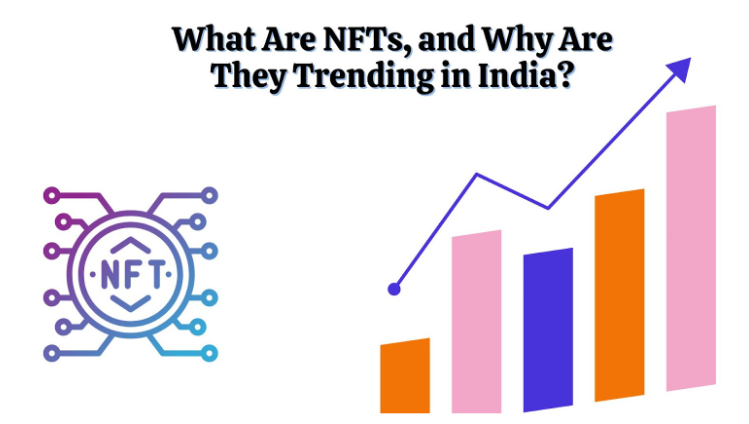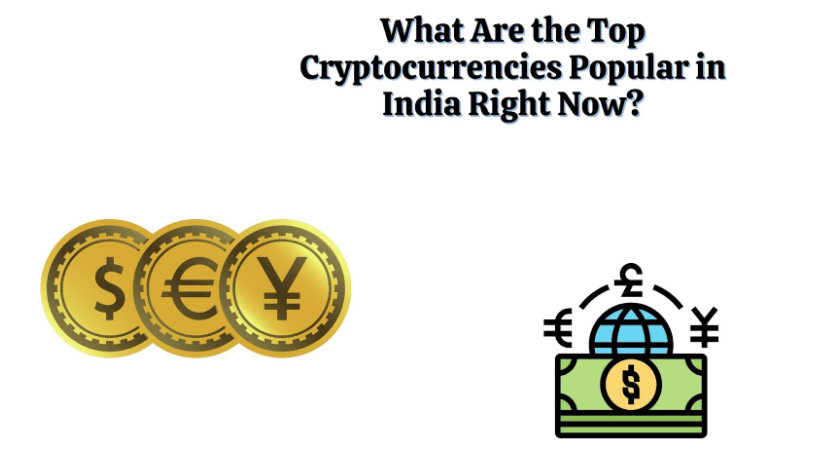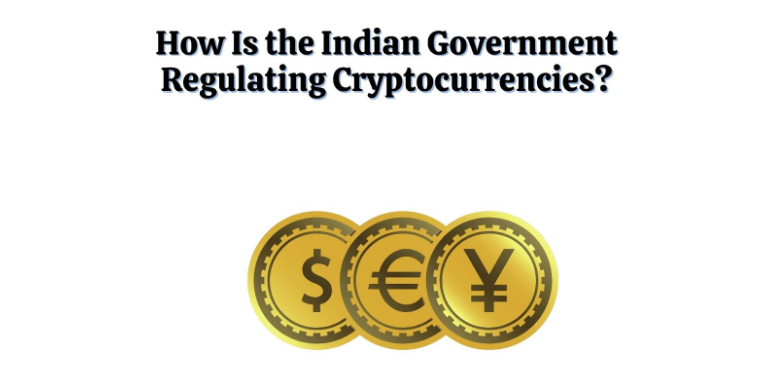In recent years, the world has witnessed a major digital revolution, with the rise of blockchain technology and decentralized platforms paving the way for new forms of ownership and digital assets. Among the most talked-about developments in this space are Non-Fungible Tokens (NFTs). While the concept of NFTs is not entirely new, their growing popularity and adoption in India have raised questions about their significance and what makes them so appealing.
This article will explore what NFTs are, how they work, and why they have become a trending topic in India, especially in the realms of art, entertainment, and digital ownership.
1. Understanding NFTs: What Are They?
NFTs, or Non-Fungible Tokens, are a type of digital asset created using blockchain technology, the same underlying technology that powers cryptocurrencies like Bitcoin and Ethereum. However, unlike cryptocurrencies, which are fungible (meaning each unit is identical and can be exchanged for another of the same value), NFTs are unique and cannot be exchanged on a like-for-like basis.
An NFT is essentially a digital certificate of ownership that represents a specific item or piece of content, which could be anything from digital artwork, music, videos, collectibles, to even tweets or virtual real estate. These tokens are created and stored on a blockchain, providing a secure and transparent way to track ownership and transactions.
When you purchase an NFT, you are not buying the physical or even the full rights to the content. Instead, you are purchasing the ownership of the specific NFT tied to that piece of content. This makes NFTs an exclusive, verifiable, and scarce digital asset.
2. How Do NFTs Work?
NFTs are powered by blockchain technology, which acts as a decentralized ledger that records transactions. The blockchain ensures that every NFT is unique, with its ownership and transaction history being fully traceable. The most common blockchain used for creating NFTs is Ethereum, although other blockchains like Solana and Polygon are also gaining popularity.
Here’s how NFTs generally work:
- Creation (Minting): Artists or creators mint NFTs by uploading their digital creations (art, music, videos, etc.) onto an NFT marketplace. This process is known as “minting.” Once minted, the digital asset becomes a unique NFT with an identifier that can be tracked and traded.
- Buying and Selling: Once the NFT is minted, it can be bought, sold, or traded on various NFT marketplaces like OpenSea, Rarible, or Foundation. Buyers typically use cryptocurrencies (like Ethereum) to purchase NFTs. Each transaction is recorded on the blockchain, ensuring transparency and security.
- Ownership and Provenance: The blockchain stores details about the owner, the transaction history, and other relevant data for each NFT, providing proof of ownership and authenticity. This makes NFTs valuable, as they offer verifiable and scarce digital assets.
3. Why Are NFTs Trending in India?
NFTs have rapidly gained popularity across the globe, and India is no exception. Several factors are contributing to the growing interest in NFTs in India, including the rise of the digital economy, growing interest in blockchain technology, and the increasing participation of Indian artists and celebrities in the NFT space.
1. Digital Transformation and Emerging Technology
India is undergoing a digital transformation, with increasing internet penetration, the growth of the digital economy, and the rising popularity of blockchain technology. This digital shift has created a fertile ground for NFTs to thrive. As more Indians embrace digital payments, online shopping, and cryptocurrency, NFTs represent a new frontier in the digital ownership landscape.
2. Indian Artists and Creators Embracing NFTs
One of the major reasons NFTs are trending in India is the growing involvement of Indian artists, musicians, and creators in the NFT space. Artists see NFTs as a way to monetize their digital art, bypassing traditional galleries and auction houses. NFTs give creators control over their work, allowing them to sell directly to buyers, earn royalties on secondary sales, and gain recognition in the global art market.
Indian artists like Bala Murali, Vasant Gajera, and Anil Kumble have successfully sold NFTs of their digital art on international platforms. The success stories of these creators have sparked the interest of many others, fueling the NFT craze in the country.
3. Celebrity Involvement and Mass Awareness
Another factor driving the popularity of NFTs in India is the involvement of celebrities from various industries. Bollywood actors, musicians, and sports stars have launched their own NFT collections, drawing attention to the trend. Celebrities like Amitabh Bachchan, Sushant Singh Rajput’s family, and Sunny Leone have released NFTs featuring exclusive digital art, videos, and memorabilia. Their involvement has helped raise awareness of NFTs among their fanbase and the general public.
4. Investment Opportunities and Financial Gains
NFTs offer investors an opportunity to diversify their portfolios with digital assets that can potentially yield high returns. Many early adopters in India have made substantial profits by buying and selling NFTs, contributing to their popularity. Additionally, NFTs provide a new way for individuals to invest in digital art and rare collectibles, which were previously inaccessible to the average person.
While there is inherent risk due to the volatility of the NFT market, the potential for significant returns has attracted Indian investors looking to capitalize on the growing trend. For instance, in 2021, the NFT of a digital artwork by Beeple sold for $69 million, further fueling the speculative nature of NFTs.
5. Cultural Relevance and Virtual Collectibles
India has a rich cultural heritage, and NFTs offer a way to digitize and preserve traditional art, music, and other cultural expressions in a way that is accessible to the global audience. This resonates particularly well with younger Indians who are familiar with online communities, gaming, and digital collectibles.
For instance, Bollywood memorabilia, traditional Indian art, and cricket collectibles have found a place in the NFT market. With gaming becoming increasingly popular in India, NFTs offer gamers a new way to own virtual assets like skins, weapons, and characters that can be bought, sold, or traded across different platforms.
4. Challenges and Concerns Regarding NFTs in India
While NFTs are gaining popularity, several challenges and concerns exist around their use and regulation in India.
- Regulatory Uncertainty: One of the major concerns surrounding NFTs in India is the lack of a clear regulatory framework. The Indian government has not yet officially classified NFTs, leaving them in a gray area when it comes to taxes, legal frameworks, and financial regulations. There is also uncertainty around how NFTs will be taxed, with some speculating that they could be treated as assets or collectibles under tax laws.
- Environmental Impact: NFTs, like cryptocurrencies, rely on blockchain networks that consume significant amounts of energy. This has led to criticism regarding the environmental impact of NFTs, especially in countries like India, where climate change and sustainability are important issues.
- Security Risks and Fraud: As with any emerging technology, NFTs are also prone to security risks, including hacking and fraud. Investors need to be cautious about buying fake NFTs, and creators must protect their digital art from unauthorized reproduction.
5. Conclusion
NFTs represent a major shift in the way we think about ownership, creativity, and value in the digital world. In India, NFTs are gaining popularity across various sectors, from art and entertainment to gaming and collectibles. While the regulatory landscape for NFTs remains uncertain, their potential for creators, investors, and digital enthusiasts continues to drive their rise.
As more artists, celebrities, and businesses enter the NFT space, it is likely that the trend will only grow stronger. Whether you are an artist, a collector, or an investor, understanding NFTs and their role in India’s digital future will be key to navigating this rapidly evolving space.



